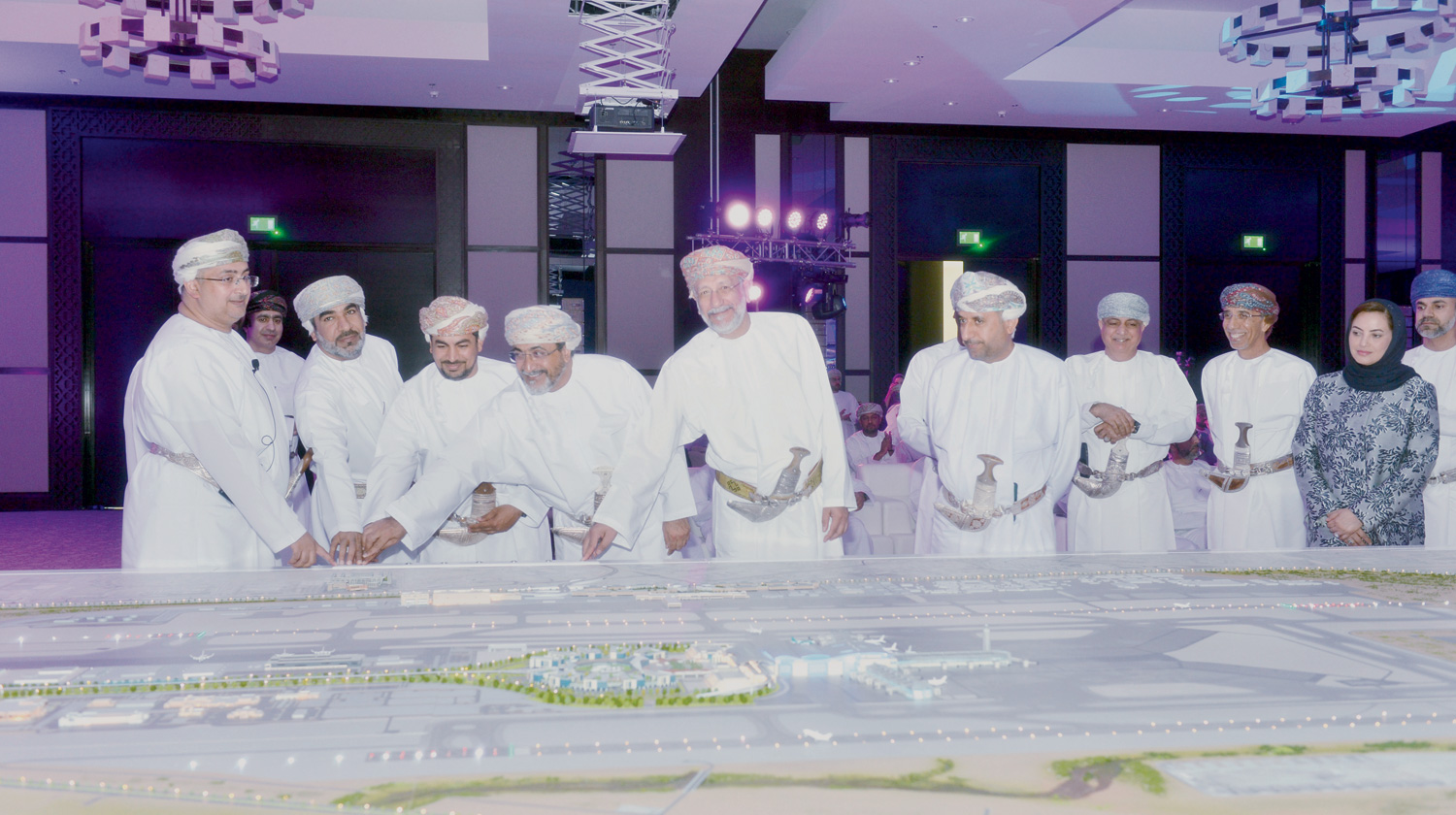

MUSCAT, FEB 26 - The Ministry of Transport on Wednesday announced the National Aviation Strategy 2030, aimed at improving the aviation industry, at the same time, consolidating its contribution to the national economy. The strategy received the attention during the reign of late His Majesty Sultan Qaboos. There is also a great attention accorded to the strategy by His Majesty Sultan Haitham bin Tarik. The launch of the strategy, held in the presence of Dr Ahmed bin Mohammed al Futaisi, Minister of Transport, and several dignities and officials from the public and private sector in the country, revealed the pillars of the National Aviation Strategy which is set to achieve the ambitious goals by 2030.
This includes developing an effective organisational framework that contributes to supporting and developing the aviation sector, strengthening the Omani economy, creating jobs, building manpower and strengthening companies’ capabilities and expertise. The strategy also focuses on the coordination and integration between the components of the aviation organisation by harmonising its operations, and avoiding risks. The strategy also places importance for restructuring of Oman Air by adopting a comprehensive programme designed to address gaps and support growth by changing the business model, The National Aviation Strategy 2030 also focuses on enhancing and improving airports’ efficiency in line with the expected growth of the number of passengers.
This will take into account the current and future operation size and will be aligned with the introduction of airport cities to increase economic returns. Mustafa bin Mohammed al Hinai, CEO of Oman Aviation Group, said the government is expecting an investment for the airport city project of RO 1.4 billion over the next 20 years and most of them will come from private and international investors. “OAG will invest minimum to ensure that the main blueprint and facilities are in place for the investors.” He said that in order to stimulate the comprehensive development of the travel, tourism and transportation industries in the Sultanate, the Oman Aviation Group, in cooperation with the Ministry of Tourism, is launching the online platform “National Travel Operator” in line with the National Tourism Strategy 2040 and the tourism distribution strategy for the aviation sector.
The tourism distribution strategy for the aviation sector and the National Travel Operator are considered to be innovations that link the Sultanate with the rest of the world through a digital platform that effectively connects Omani travel providers with customers in target markets, and enhances Oman’s tourism image in these markets. In its first stage, the National Travel Operator will cover companies operating in the travel sector in the Sultanate such as public transport providers, hotels and airlines with global commercial markets, most notably in the United Kingdom, Germany, France, Italy, Switzerland and India, alongside the Gulf countries and others.
Muscat Airport City is aimed at achieving the highest levels of utilisation of the new airport’s high capacity and the increasing air traffic. It also takes advantage of the land areas surrounding the airport to create a stimulating environment for the establishment of aviation-related projects. Muscat Airport City consists of five main areas. Muscat Airport Free Zone occupies an area of 3.3 million sqm devoted to light industries and storage activities for air freight, e-commerce, manufacturing, and packaging of national products, in addition to aviation equipment, office spaces, an integrated service delivery station and public facilities.
A 200,000 square-metre logistics portal, an area designated for air freight services and logistics, includes the air freight building at Muscat Airport.
A business portal is a mixed-use project in an area of more than 1.1 sqm and contains spaces designated for the office units of airlines and related economic sectors. The Old Muscat Airport passenger and cargo terminal buildings, spread over 166,000 sqm, will host cultural and social activities.
Oman Observer is now on the WhatsApp channel. Click here



